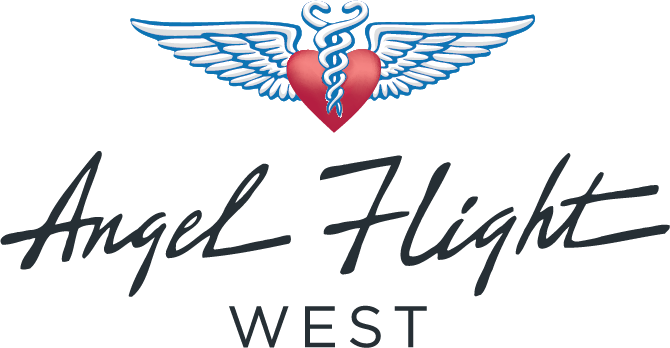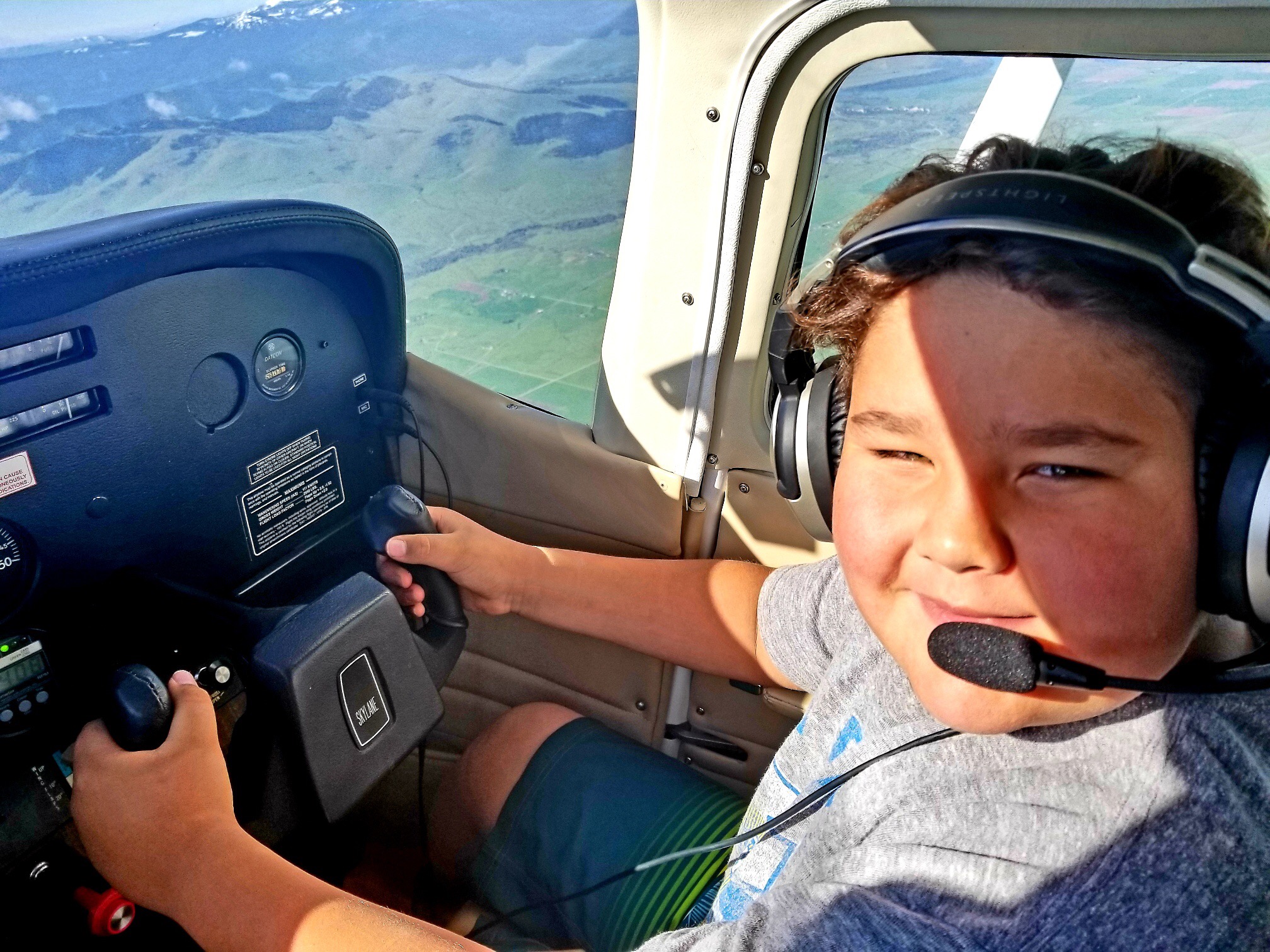
By Jim Dell
Can you guess what I am writing about this month? Oh no, not the stall again! Yes, you’re right. I didn’t intend to, but a funny thing happened while planning my usual crash and burn presentation for the SoCal Wing Meeting. The night before the meeting, I woke with a start, realizing that this meeting was advertised as a “family day!” Golly, I can’t show crash and burn videos to a bunch of kids! I needed to come up with a new presentation and quick!
Luck struck while procrastinating watching YouTube videos. One of my CFI friends had posted a video from a guy who calls himself Flight Chops. Chops’ video gave me an ah ha moment, maybe there is a way to stop pilots from stalling and crashing. But first, let’s review the safety reports received over the last month and get an update on the Safety Management System.
Safety Reports
An AFW passenger was smoking marijuana on an airport ramp. I’m not going to address the complicated question of the legality of transporting MJ in an aircraft because I thankfully don’t think it’s much of a safety concern. Here’s my cowardly comment–please don’t let AFW passengers smoke on the ramp. It’s unsafe.
Finding himself on the wrong side of the airport, a pilot at Santa Monica received a clearance from ground to taxi from transient parking to the south side run-up. The pilot acknowledged the incorrect instructions. The aircraft was located at the FBO on the north side. On taxi out, ground noticed that the aircraft was on the north side of the airport. In this case, both ground and pilot erred. Fortunately, safety wasn’t seriously compromised because there was no runway incursion, nor even a taxi conflict. These mistakes could have been prevented by the pilot if he would have verified the taxi instructions against the airport diagram. I appreciate this pilot’s self-disclosure.
A pilot reported that a passenger was left off of a mission itinerary. There was an incorrect question about a passenger possibly being a threat to interfering with the controls, and an issue of not being able to contact Operations on the weekend. Things could have gone better with the coordination of this flight. Operations has investigated this well thought-out report, and has taken steps to avoid these issues in the future. In the vast majority of reports that I read, Operations does a great job in coordinating flights. This report is important because it allows Operations to make a good system even better.
Update on the Safety Management System
The Safety Committee recommends that AFW implement a rule that no VFR missions be flown at night with passengers except by current IFR-rated pilots. The Safety Committee can only recommend changes. Your thoughts on this recommendation would be appreciated. Please email me at safetyofficer@angelflightwest.org.
The Safety Committee also recommends that AFW implement a mandatory training requirement. The Committee believes that all AFW pilots should endeavor to receive as much training as possible to become safer and better pilots. The mandatory requirement may be that a pilot receives at least one hour of training each year. Hopefully our pilots go beyond that requirement. The Committee is currently drafting what types of training would qualify a pilot to meet such a mandatory training requirement. Again, your thoughts on this would be appreciated. Please email me at safetyofficer@angelflightwest.org.
Wing Aviation Safety Officers
Congratulations on the following Wing Aviation Safety Officers (ASOs) appointments:
- Washington: George Futas
- SoCal: Dr. Stuart Bloom
- Oregon: Paul Henderson
If your Wing doesn’t have an ASO, (they are all listed above) we are recruiting for the position. We are looking for CFIs/ATPs who have experience as AFW Command Pilots. Please contact your Wing Leader if you are interested in volunteering as your Wing ASO. Contact me if you would like to know about the duties of a Wing ASO.
TRAINING:
Me saying “Don’t Stall” over and over is annoying and probably not effective. I didn’t intend to annoy you again in this Safety Message, but I found an idea that may keep our pilots from crashing due to an unintended stall. I plan to write about something else next month, probably the dangers of ice.
If piston power pilots adopt a concept from jet pilots, that of Minimum Maneuvering Speeds, less pilots may crash because of stalling. I give credit to flight instructor Dan Grieder and Flight Chops for promoting this important safety concept.
What is a Minimum Maneuvering Speed (MMS) you ask? Watch the linked video below by Dan Grieder and Flight Chops that explains this important safety concept. This video also is an example of an excellent Flight Review provided by Dan to Chops. It introduces another concept that may be unfamiliar to most piston pilots, that of unloading. An unloaded wing will not stall. Please watch and learn both important concepts:
https://www.youtube.com/watch?v=m_tKShlf_gU
Thanks for watching the video. I think those Chops are unsafe. Importantly, what do you think about marking your airspeed indicator at the Minimum Maneuvering Speed calculated as your clean stall speed times 1.404?
Would it be less confusing if we didn’t call it Minimum Maneuvering Speed? As we saw in the video, it does generate some confusion with Va, the Maneuvering Speed.
What if we call it the Safe Speed, or Vsafe? Additionally, would the best glide speed, Vg, be adequate as the speed that we mark on our airspeed indicators? I think that the best glide speed would work well as a “Safety Speed” in most piston powered aircraft. Below is a matrix comparing Vs, Vg, and MMS (1.404 X Vs) for some common aircraft. The table also provides their stall speeds in level flight at 30 degrees Angle of Bank (AOB).
| Cessna 172 | Piper PA 28-180 | Bonanza A36 | Cirrus SR-22 | |
| Stall clean Vs | 48 | 58 | 69 | 70 |
| MMS 1.404 x Vs | 67 | 81 | 97 | 98 |
| Best Glide, Vg @MGW | 65 | 74 | 110 | 88 |
| Stall at 30 AOB | 52 | 63 | 72 | 75 |
Please don’t rely on these numbers. Rely on your POH.
There is no real safe speed in an aircraft. If you fly into a mountain, it’s going to leave a mark at any speed. If you are yanking and banking like a Thunderbird, you are going to need to be flying faster than the speeds above.
Vsafe, or MMS if you prefer, is a speed that we could mark on our airspeed indicators, maybe with a sliver of tape, that we don’t fly below unless for a reason such as landing. Anyone in the aircraft who notices the airspeed needle below this mark should speak up.
Here are my reasons for suggesting simplifying MMS to best glide, Vg:
- With the loss of engine power, Vg is the speed to fly when not maneuvering aggressively. There is no “Bestest Glide”! Pulling back on the stick at Vg only makes the houses get bigger.
- Vg is the speed where lift is greatest over drag, L/Dmax, the sweet spot of the wing.
- Vg lies between Vx and Vy. It is very close to Vx in most piston planes.
- Vg provides adequate stall margins for normal maneuvers, although less than the 30% stall protection at 30 degrees AOB that MMS provides.
- Mult-Engine piston aircraft have a Safe Single-Engine Safety Speed, Vsse.
- Math is hard. No more numbers to memorize please.
- Some WWI aviators marked the best glide speed on their airspeed indicators. They had lots of experience in engine failures.
Please contact me at safetyofficer@angelflightwest.org if you have questions or comments. I apologize in advance in that It may take some time for me to get back to you because I will be flying all next week.
By the way, no kids showed up at the “Family Day” in Palm Springs. I guess avid aviators can’t afford kids, or more likely they were being good parents and protected their kids from my crash and burn videos. Watching crash and burn videos was a pre-occupation with Navy fliers in my day. We would view an S-2 “Stoof” lose its left radial engine on a cat-shot and immediately make a 90 degree left turn and plop into the water. Invariably a joke would follow such as “Nice clearing turn.” It was our morbid way of learning while watching disaster.
Be Safe!
Rumpus Non Bustus,
Jim Dell
AFW ASO
858-349-4481

